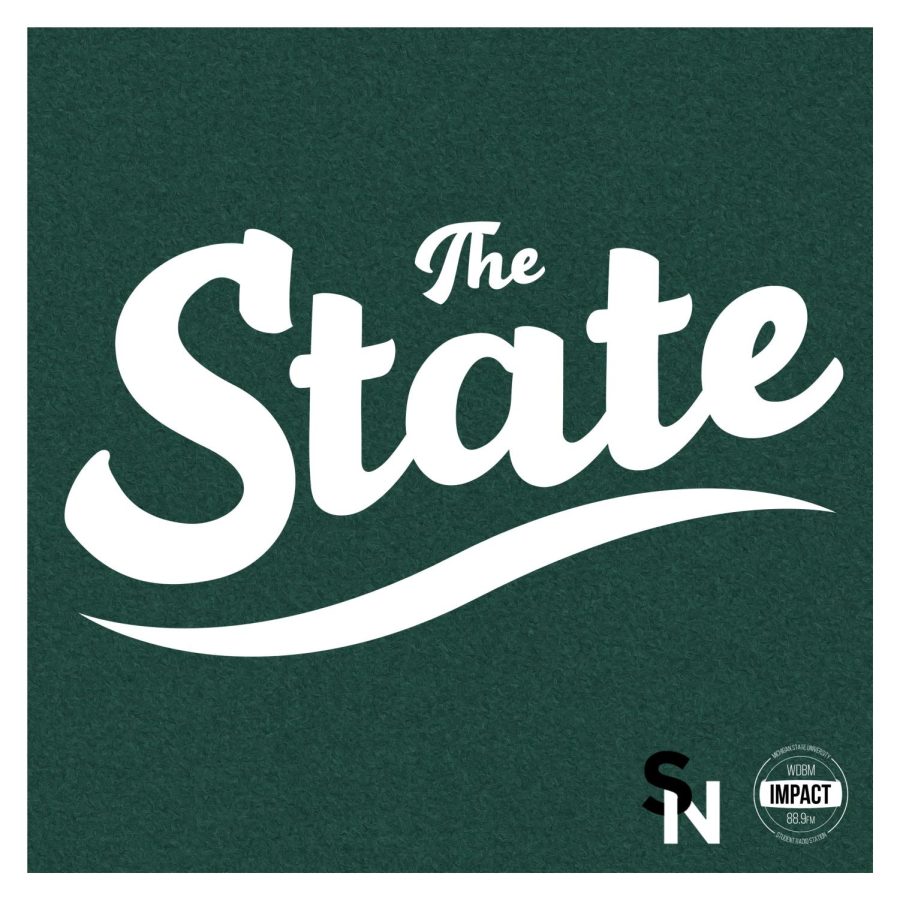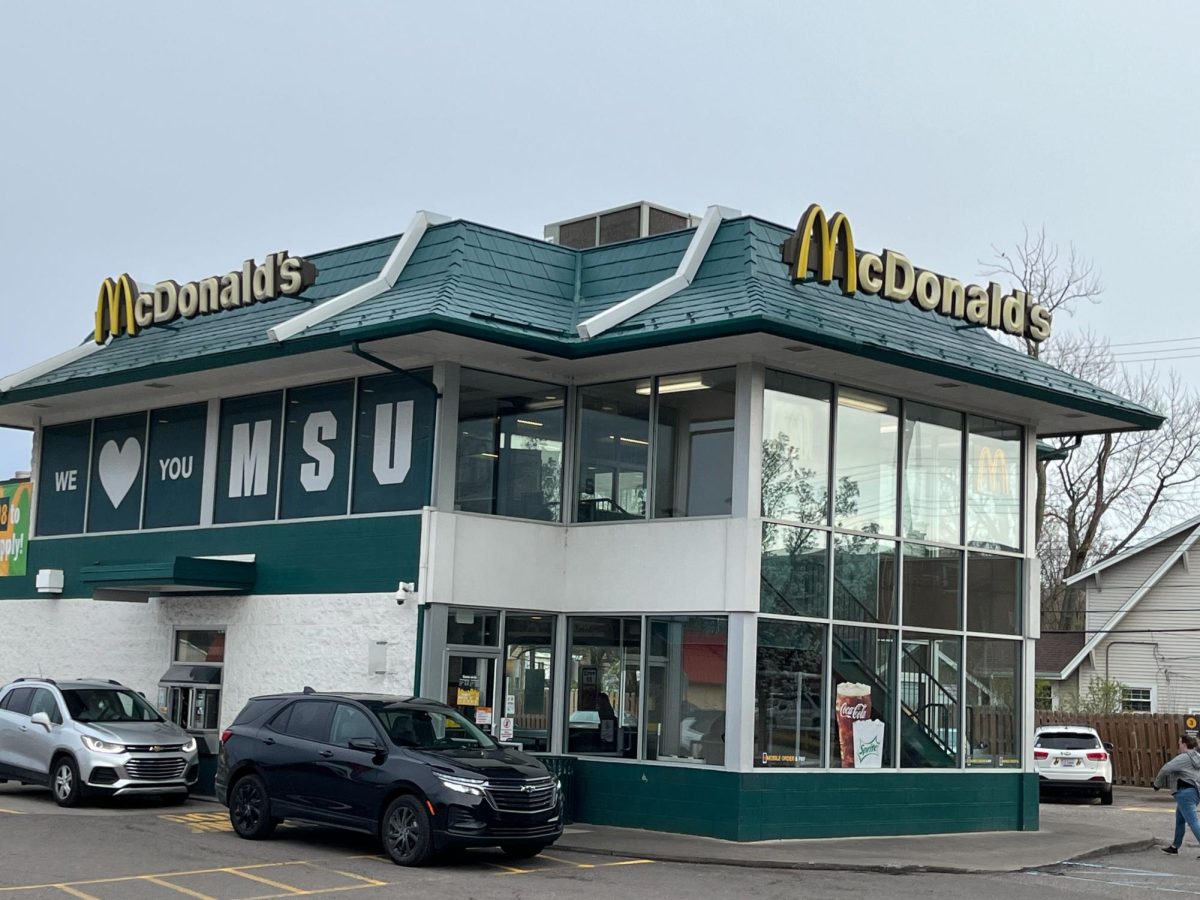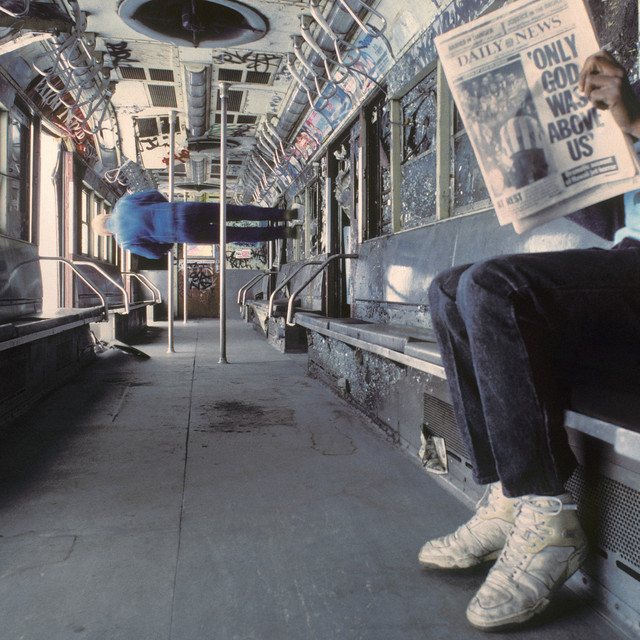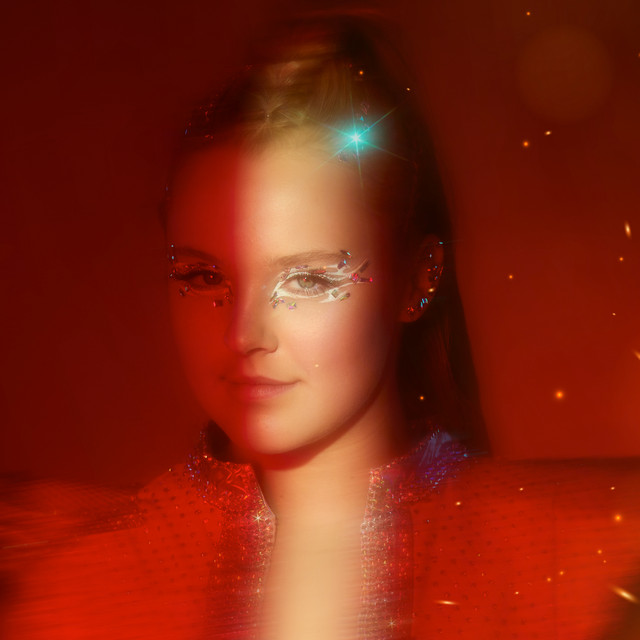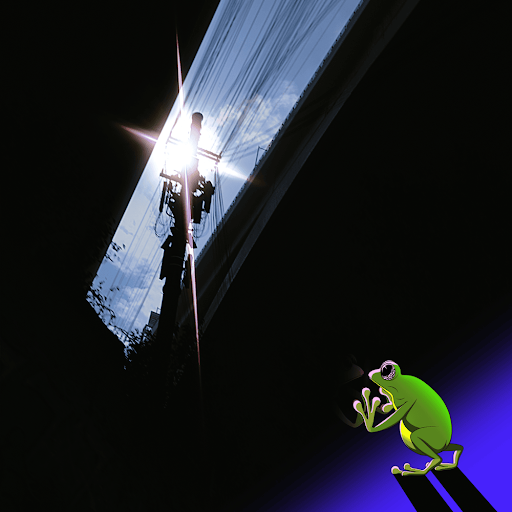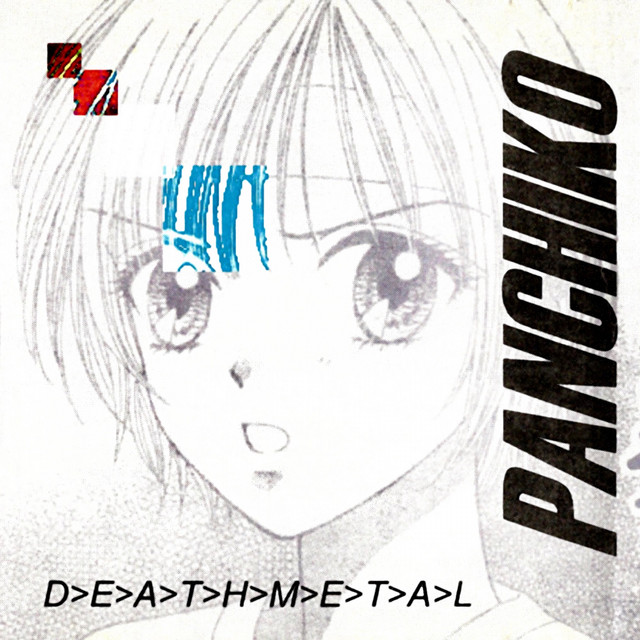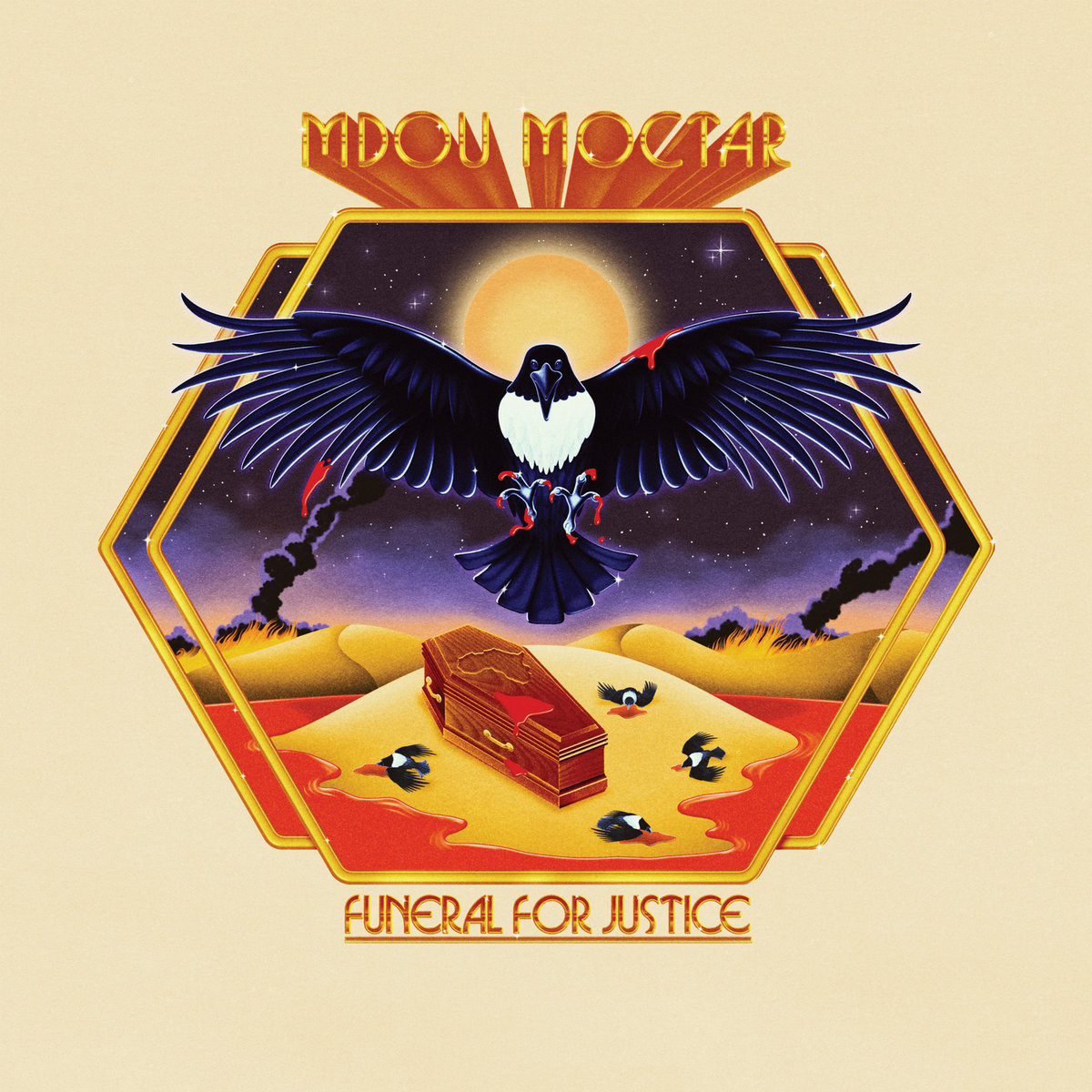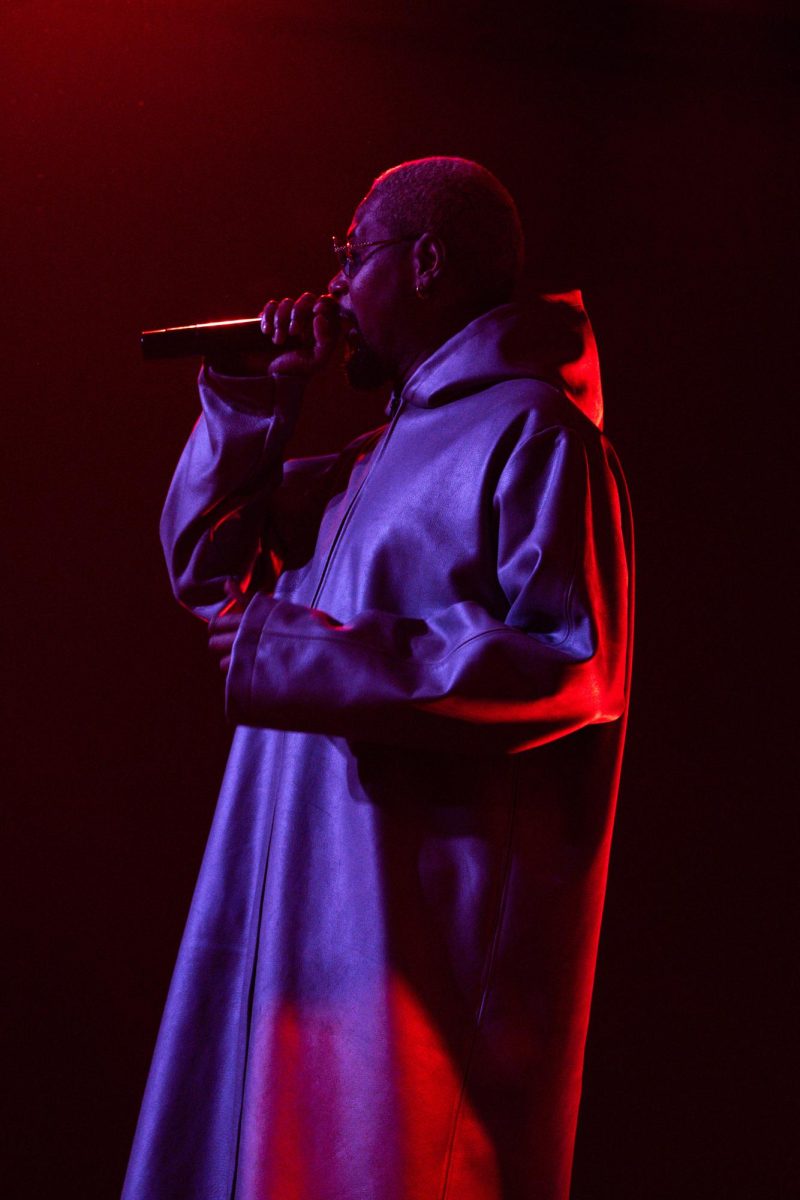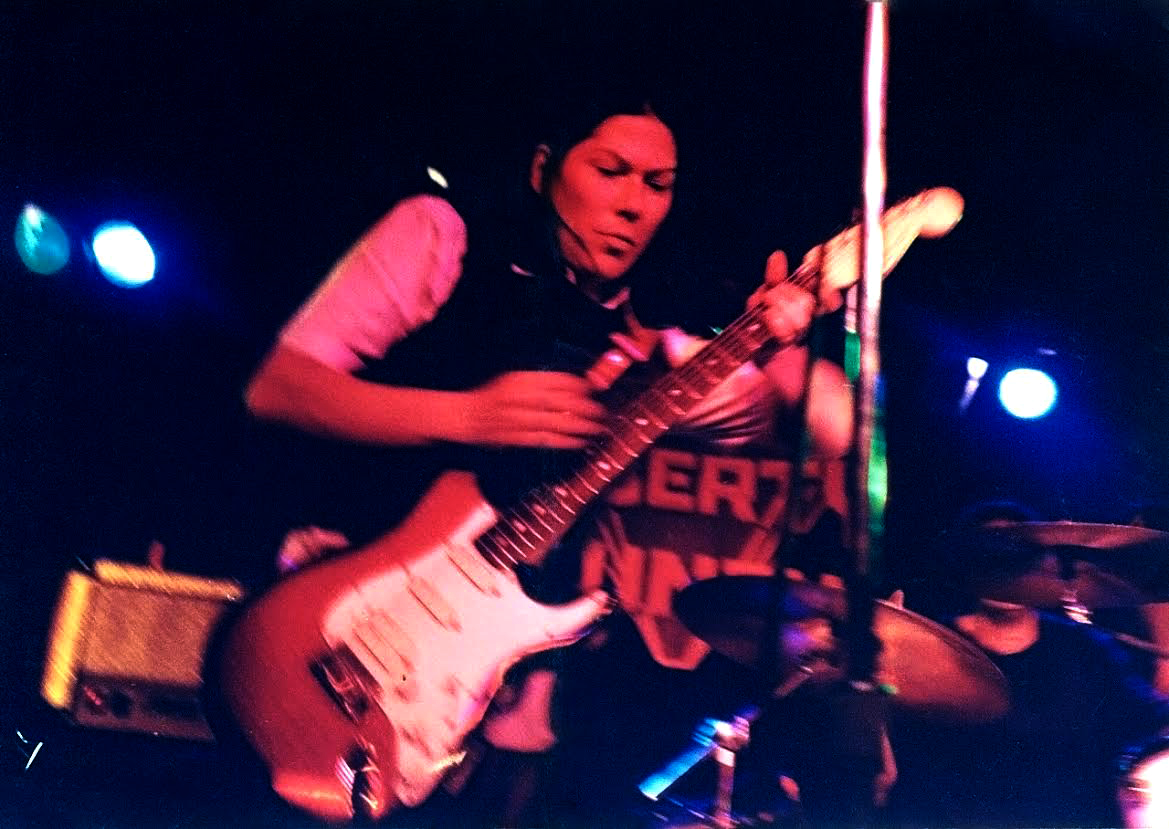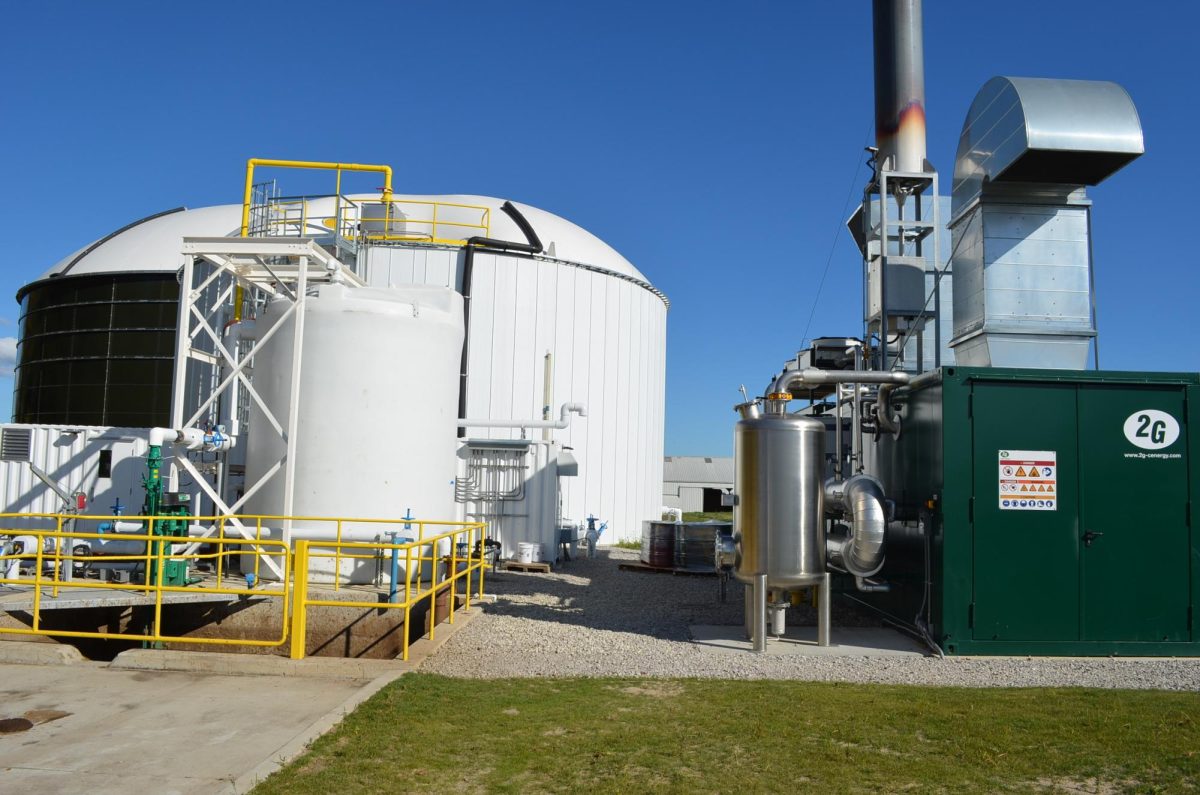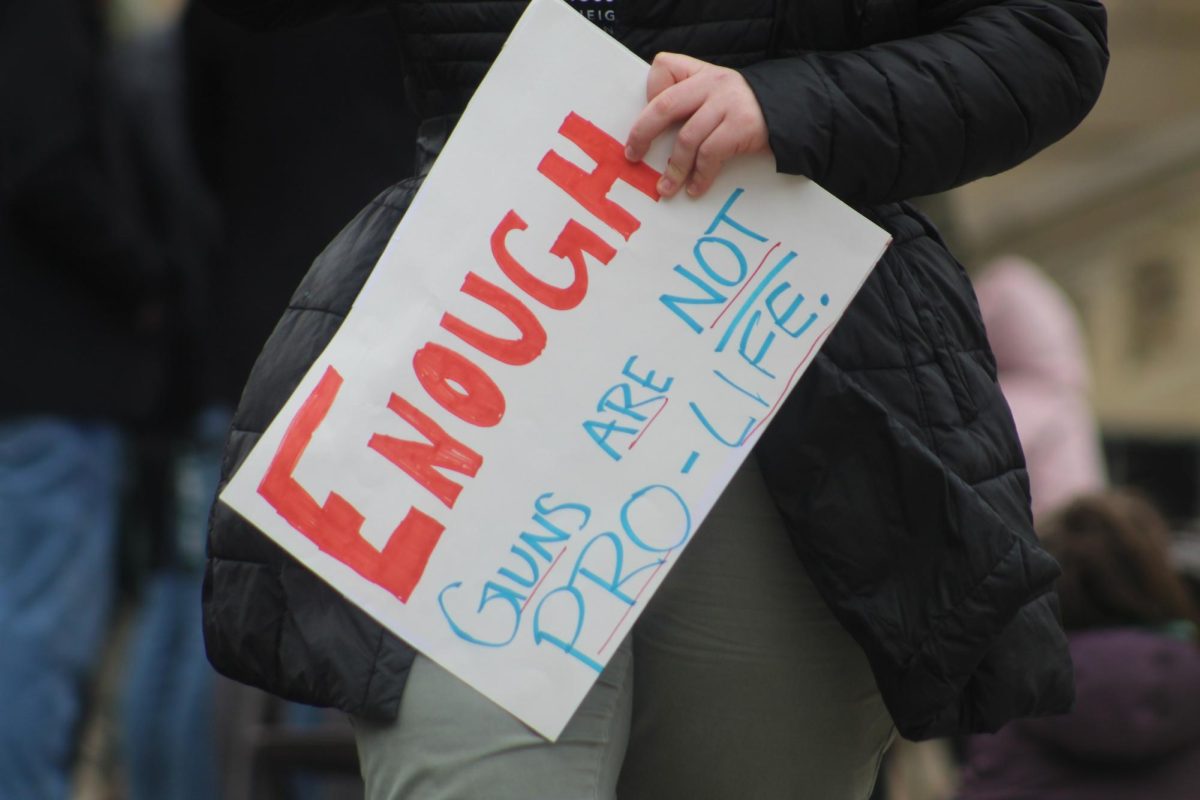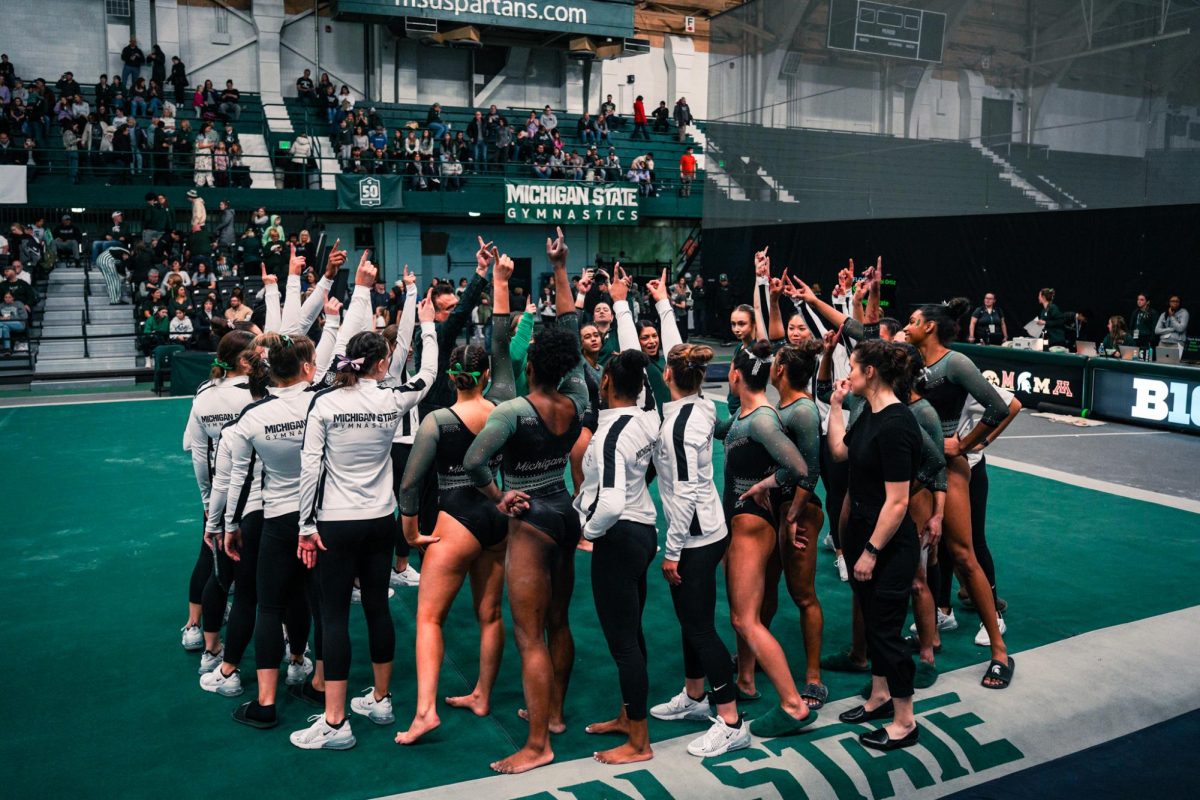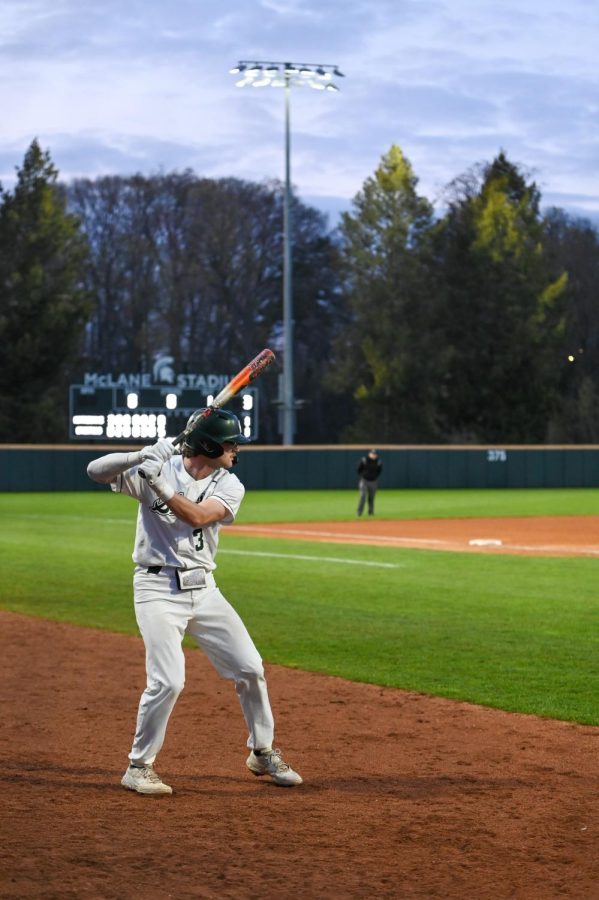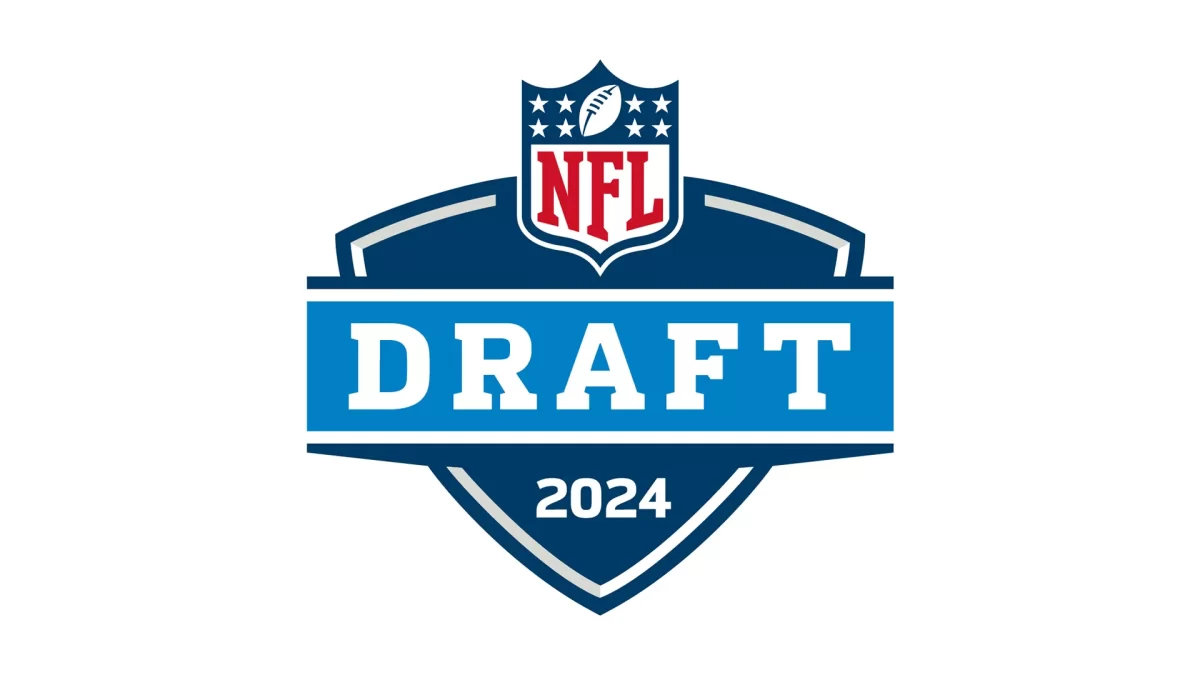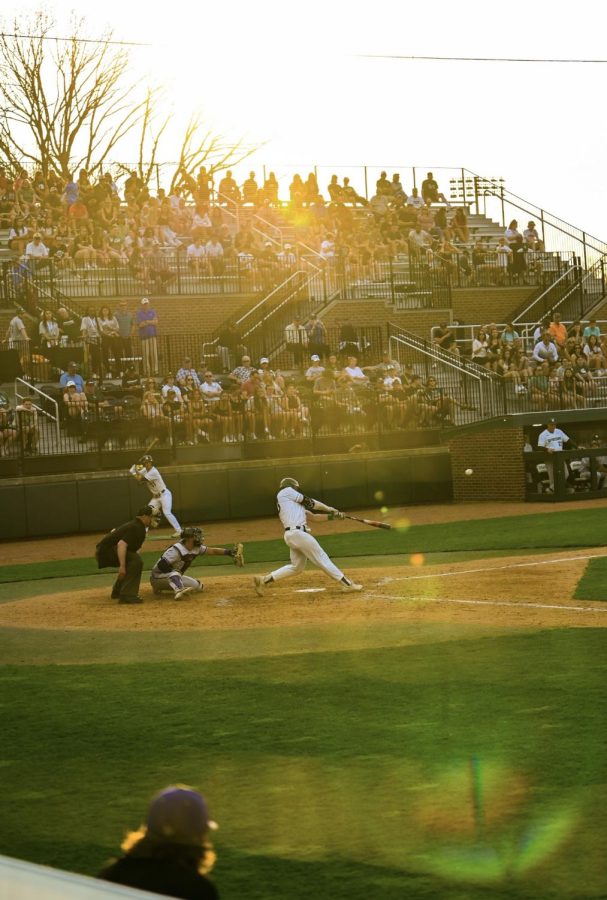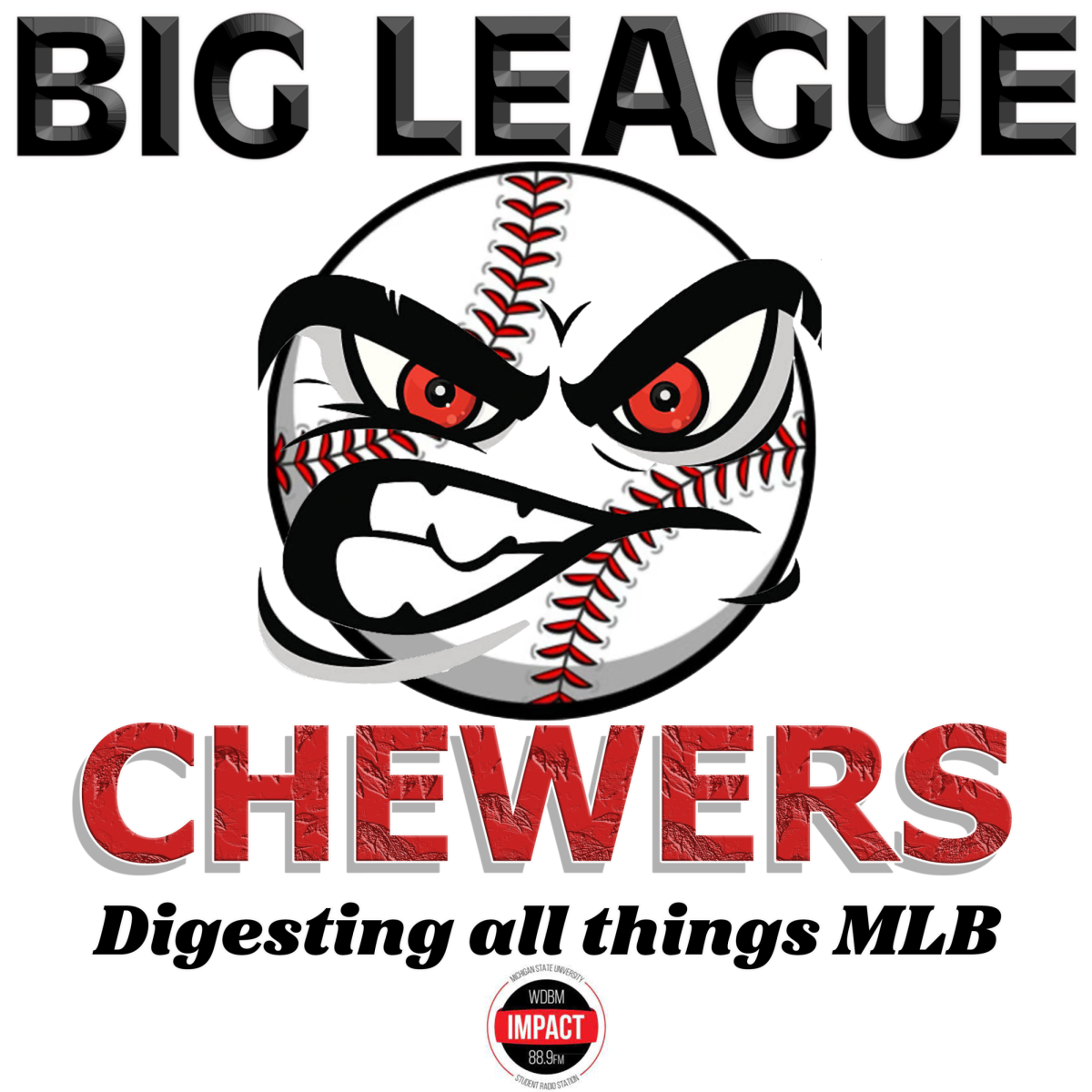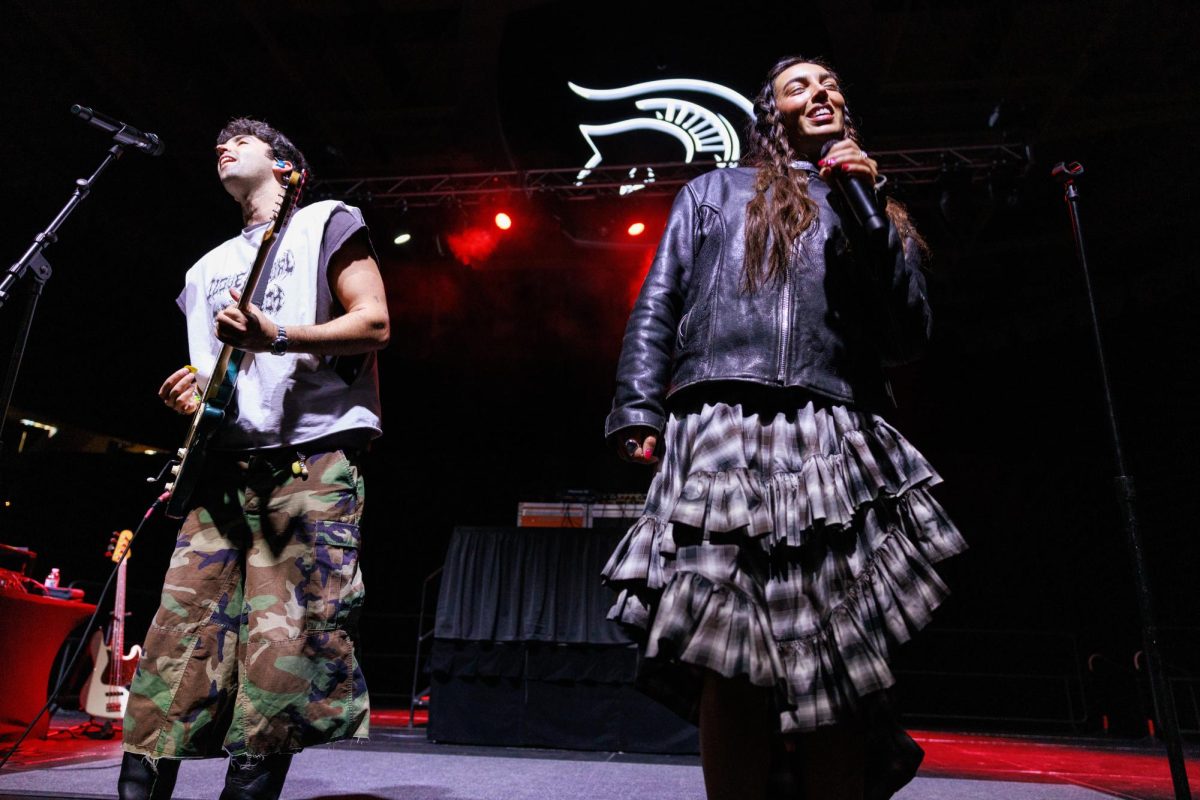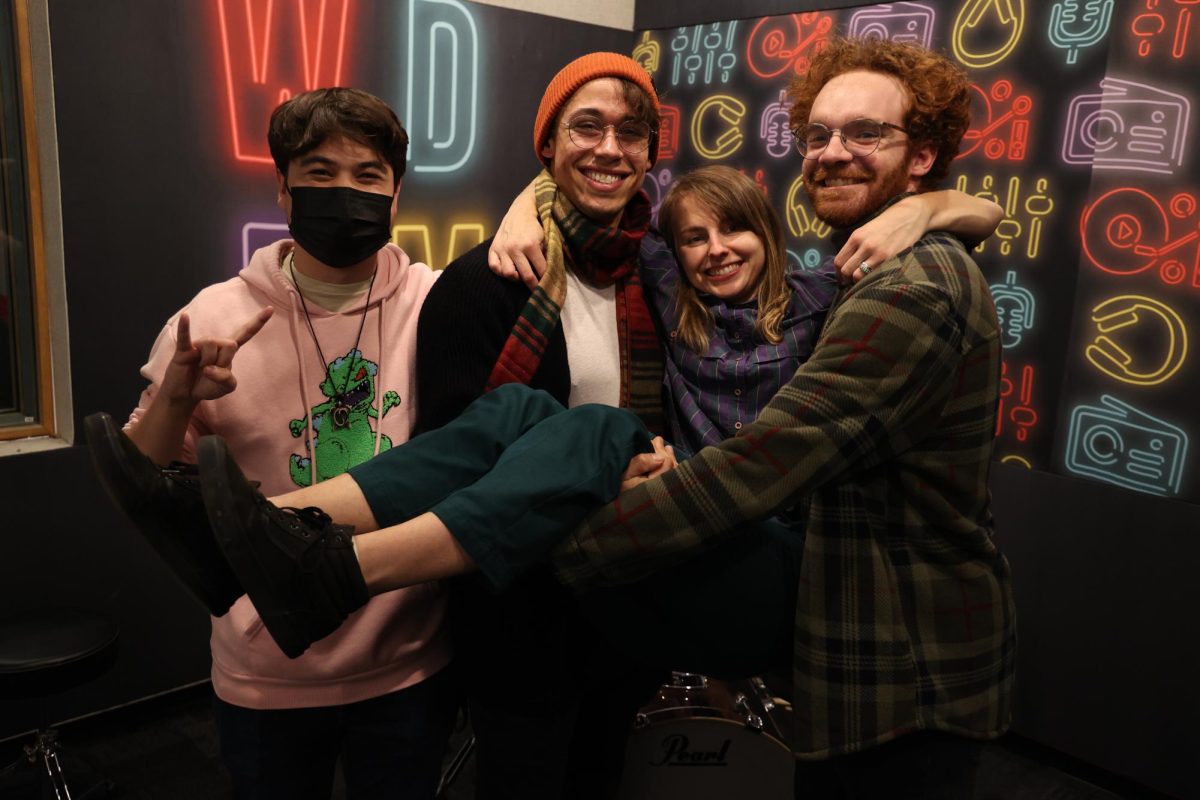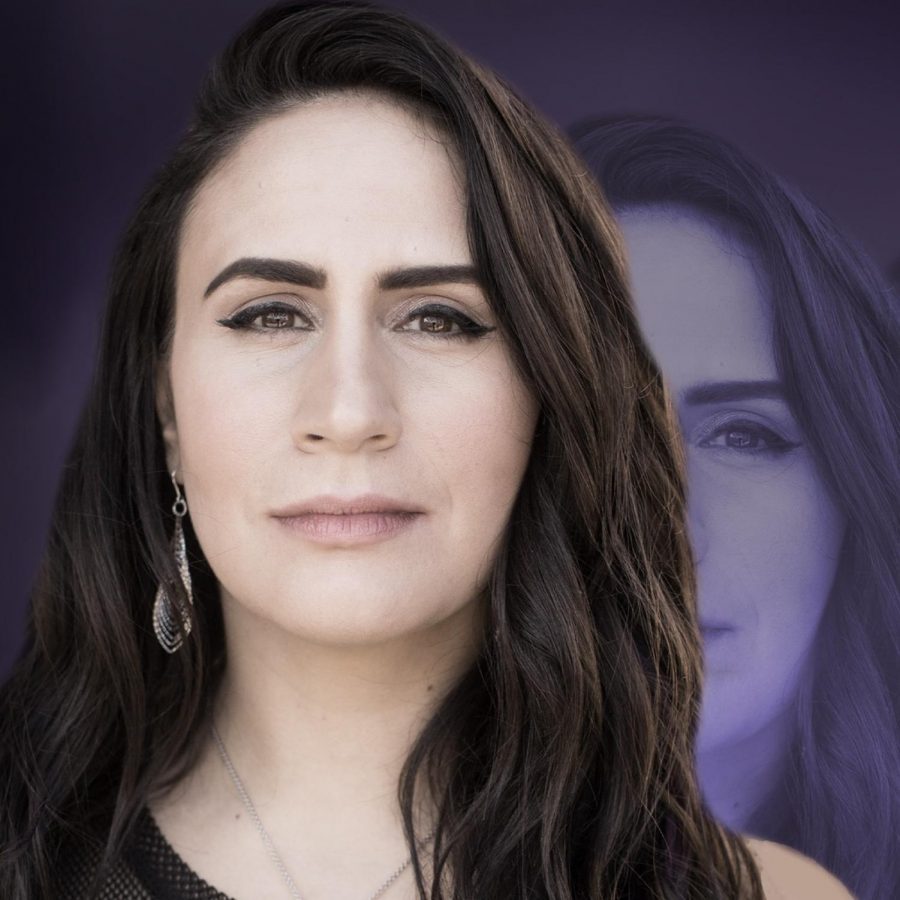Munn Celebrates Its 40th Birthday
November 12, 2014
In 1950, ice hockey returned as a varsity sport to Michigan State University after a 19-year hiatus that started in 1931. That year, the team went 0-14 but it had a new home at Demonstration Hall. The Spartans would stay there for 24 seasons and one national championship before a new arena was built right across the street in Dem Hall’s backyard.
The new arena hosted its first Spartan hockey game on Oct. 25, 1974. People packed in to watch Michigan State take on Laurentian University. The Spartans would have to wait until the next day to register their first win in their new home, as they defeated the Voyageurs 4-1 to split the series.
This new arena would get a name just one week after the Spartans started playing there. On Nov. 1, the name became Munn Ice Arena after late Spartan football coach and Michigan State athletic director Clarence “Biggie” Munn.
“It seems like when it first opened it was state of the art,” said Neil Koepke, who has covered college hockey for over 40 years. “It was one of the new buildings at the time in 1974. This was like the Taj Mahal, somewhat, of the WCHA.
“One of the things I remembered about it was that it was just so clean and sparkling, and at the time Michigan had just opened Yost Arena. Now you had two new arenas. One was an older building, remodeled inside and it was intimate and nice. This was new. This one was plush. It had bathrooms inside and had a neat press box.”
Another thing Koepke remembers most was the service in the arena.
“The sports and information people when it first opened were just very genuine and welcoming anybody,” Koepke said. “They gave you stats. They asked you what you needed. It was just a great fun place to come because it was a center of college hockey and yet it had a special presence that this was a tough building to play in. It wasn’t a raucous place like Yost was, but at the beginning it was because it was new.”
The Spartans drew 118,875 fans in their first season at Munn, and the numbers would only grow and the team would improve.
“The greatest game probably ever played here was in 1976 when Minnesota and Michigan State went to three overtimes,” Koepke explained. “Pat Phippin scored the goal and it put Minnesota in the NCAA Tournament. They went on to win the NCAA title that year. That probably could’ve been Michigan State’s because they were that good.”
For the rest of the Amo Bessone era, the team went through a roller coaster of success. Once Ron Mason took control behind the bench in April of 1979, the team would never be the same.
As the team improved, tickets at Munn became hard to buy.
“By the time Tom Anastos got here in the early 80’s, you couldn’t get a ticket and this was a dynamic place to play and watch a game,” Koepke said. “You could just smell the atmosphere and they won a lot.”
Anastos, Michigan State’s current head coach, donned the Spartan Green and White from 1981 until 1985. He still holds the school record for most short-handed goals in one season with seven, albeit he is now tied with four other people.
“A number of games playing in I remember and the fun we had and the atmosphere,” Anastos said. “One of the more memorable [games] was in my freshman year and the building was half full, and I remember getting ready for the game and the coaches, I could over hear them, they were all excited because someone called down to them and told them there was a line at the ticket office. That was a pretty cool thing.”
In Anastos’ time as a Spartan, the team was gaining a reputation as a perennial national championship contender. In his senior year, the team suffered one of the most heartbreaking defeats the building has housed in 1985.
“Without a doubt the most memorable poor experience was losing to Providence at home on a team that should’ve won the national championship,” Anastos said.
“Tom’s team lost to Providence in a two-game total goal series. They won the first game on Saturday and the second game they lost by two goals and lost the series,” Koepke said. “That team was called the ‘dream team’ and they never won an NCAA Tournament. Kelly Miller was on that team too. All of those guys left, that last game they ever played here was that game. If you ask them about it, they still almost everyday feel a little twinge of ‘it was stolen away from us.’”
The team ran into a hot goaltender by the name of Chris Terreri, who went on to win two Stanley Cups with the New Jersey Devils.
“I asked (Terreri) about it one time when he was playing for New Jersey,” Koepke said. “He said, ‘You’re going to bring that up? I get letters every year about that from Spartan fans. They just won’t let it go.’”
The season after Anastos graduated, the building was on the verge of, at the time, setting a tremendous record.
On Dec. 19, 1985, in a game against Northern Michigan, the Spartans would sell out the first of 323 consecutive games, which spanned 17 seasons.
That 17-season period would see one team win a national championship, another heartbreaking loss and some incredible players.
“A great memory was Easter Sunday, 1989, and the Spartans were playing a best-of-three series against Boston College. They won their first game, lost their second and they went into an overtime to win the third on a goal by Mark Hirth, who was from Ann Arbor. He scored the goal and it sent Michigan State on to the tournament in St. Paul, which they didn’t win,” Koepke said.
“Another great year was 1990, when Kip Miller won the Hobey Baker. He scored some of the most dynamic goals you could ever see night after night. When he would get the puck, you could actually feel the people on the edge of their seats.”
That 1989 season, Miller’s senior season, he became just the second Spartan in history to record over 100 points in a season. However, his team suffered a similar heartbreaking defeat to the one Anastos’ squad dealt with.
The 1989-90 Spartan team was billed to go all the way to play Wisconsin in the Frozen Four, but the team dropped a best-of-three series to Boston University. After winning the first game 6-3, the Spartans dropped the next two, both by a score of 5-3.
The building continued to see stellar talent walk in and out of its doors including Anson Carter, Steven Guolla, Ryan Miller, Rem Murray, Chad Alban and others through the rest of the Ron Mason and Rick Comley eras. The latter coach guided the program to its third national championship in 2007.
Now, in the Tom Anastos era, the team still draws well and attendance on the season is usually one of the best in the country and the atmosphere is still electrifying.
“It’s awesome,” current captain Michael Ferrantino said about playing at Munn. “It’s got that feel of an older rink, that old barn kind of feel to it. When the student section’s going it’s loud here and our fans are into it. It’s a lot of fun to play in.”
Today, Munn is as vibrant as ever and is going through major renovations. Just over the summer, an HVAC system was installed and the boards, dashers and glass have been completely replaced. This comes after new energy-efficient LED lighting was installed prior to the 2013-2014 season.
Over the course of the next 12 months, Munn is set to receive brand new HD video boards, LED ribbon lighting and the concourse will receive new decor.
It is a well-deserved gift for Munn’s 40th birthday.
Happy Birthday Munn, and hopefully many more.
Brian Bobal is the co-host of Behind the Mask for Impact Sports
Photo: Brian Bobal/Impact Sports


